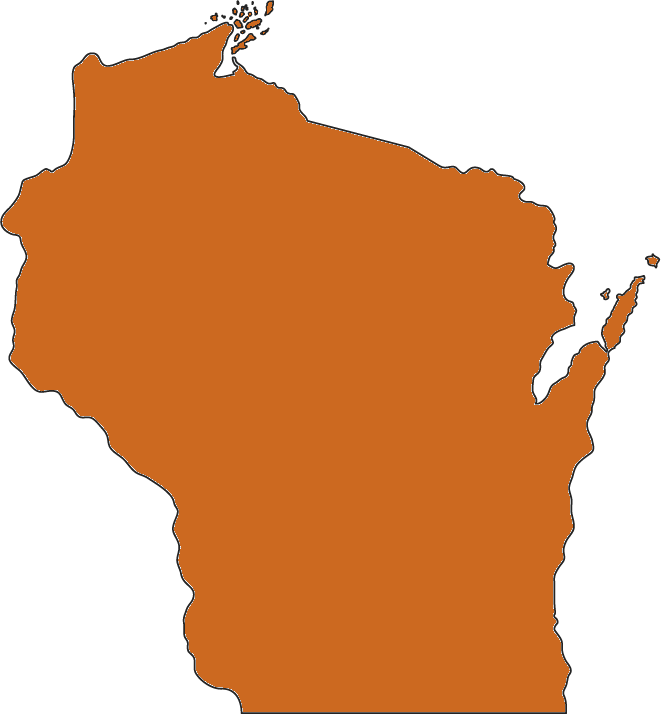Central Illinois
Weather Forecast Office

Additional information:
Fall Colors across the United States - US Forest Service
Many people think that cold weather is solely responsible for the color change in leaves, but not so. Leaves begin to turn before we have any frosts. Change in coloring is the result of chemical processes, which take place in the tree as the seasons change.
During the spring and summer, a food-making process takes place in the leaves, within cells containing the pigment chlorophyll. This gives the leaf its green color. The chlorophyll absorbs energy from sunlight, and uses it in transforming carbon dioxide and water to carbohydrates, such as sugars and starch.
In the fall, the decrease in intensity and duration of sunlight, and the cooler temperatures, cause the leaves to stop their food-making process. The chlorophyll breaks down, the green color disappears, and the yellowish colors or other pigments already in the leaf become visible.
Autumn weather conditions favoring the most brilliant colors are warm sunny days and cool, but not freezing, nights. A few hard frosts can cause the leaves to wither and fall from the tree without changing color. The degree of color may also vary from tree to tree. Leaves directly exposed to the sun may turn red, while those on the shady side may be yellow. When warm, cloudy and rainy weather dominates the fall season, leaves tend to have less coloration.
Some trees across central Illinois begin to change colors during late September. Fall colors usually peak from mid October into early November across central and southeast Illinois.



US Dept of Commerce
National Oceanic and Atmospheric Administration
National Weather Service
Central Illinois
1362 State Route 10
Lincoln, IL 62656
217-732-7321 (forecast recording) or 217-732-3089
Comments? Questions? Please Contact Us.









